3Huawei Technologies Canada
Framework Overview
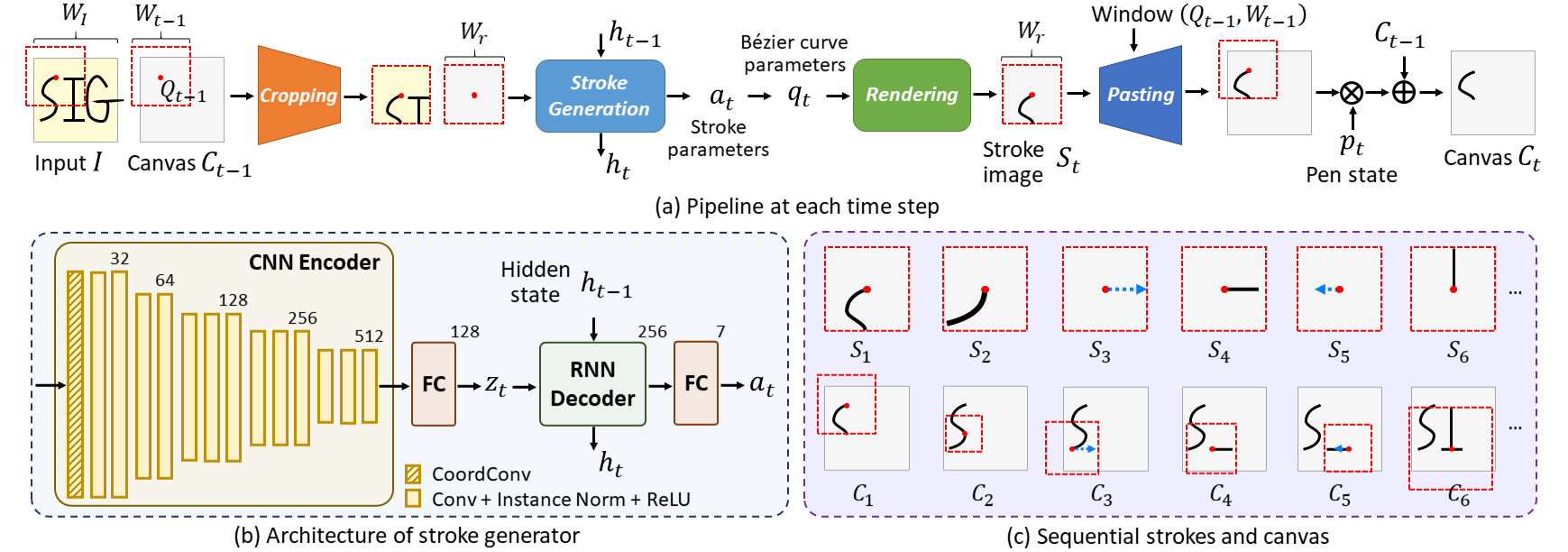
Our framework generates the parametrized strokes step by step in a recurrent manner.
It uses a dynamic window (dashed red boxes) around a virtual pen to draw the strokes,
and can both move and change the size of the window.
(a) Four main modules at each time step: aligned cropping, stroke generation, differentiable rendering and differentiable pasting.
(b) Architecture of the stroke generation module.
(c) Structural strokes predicted at each step;
movement only is illustrated by blue arrows during which no stroke is drawn on the canvas.
Overall Introduction
(Or watch on Bilibili)
👇
Vectorization
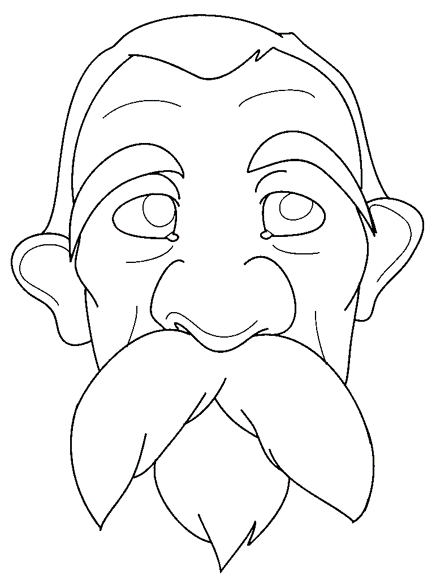 |
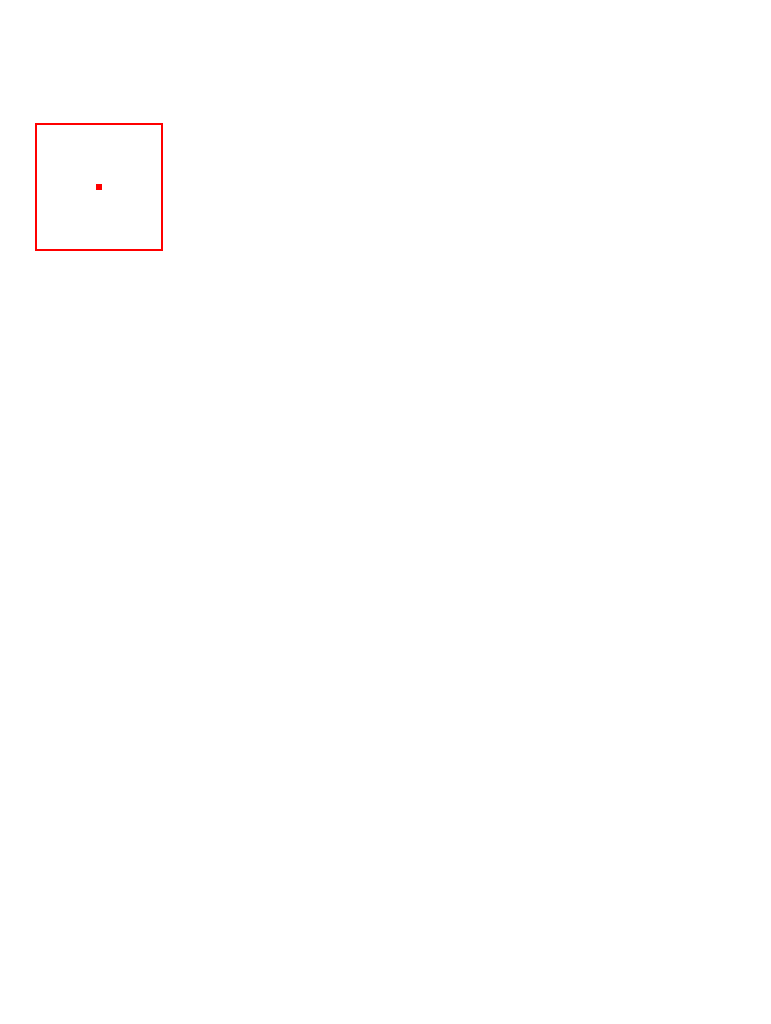 |
Rough sketch simplification
 |
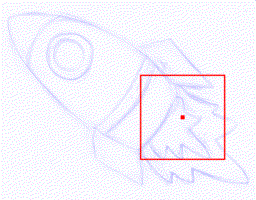 |
 |
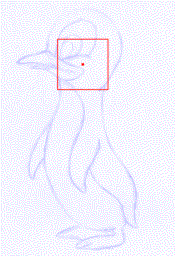 |
Photograph to line drawing
 |
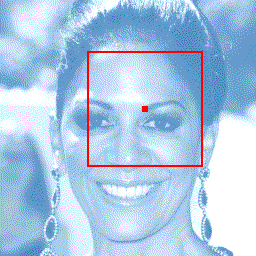 |
 |
 |
More Results
(Or watch on Bilibili)
👇
3-5 minute presentation
(Or watch on Bilibili)
👇
@article{mo2021virtualsketching,
title = {General Virtual Sketching Framework for Vector Line Art},
author = {Mo, Haoran and Simo-Serra, Edgar and Gao, Chengying and Zou, Changqing and Wang, Ruomei},
journal = {ACM Transactions on Graphics (Proceedings of ACM SIGGRAPH 2021)},
year = {2021},
volume = {40},
number = {4},
pages = {51:1--51:14}
}